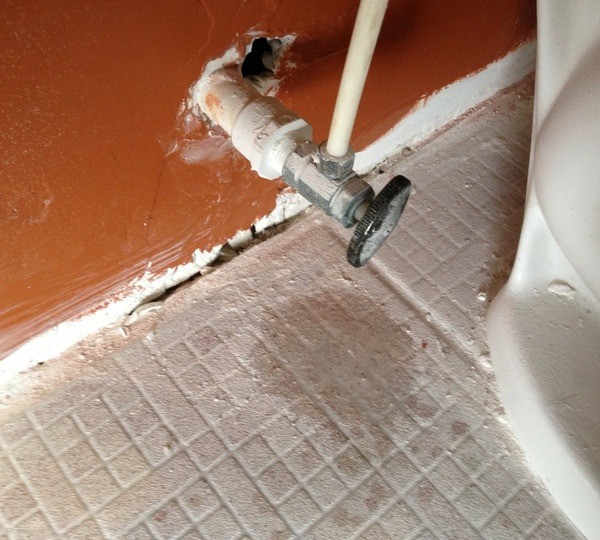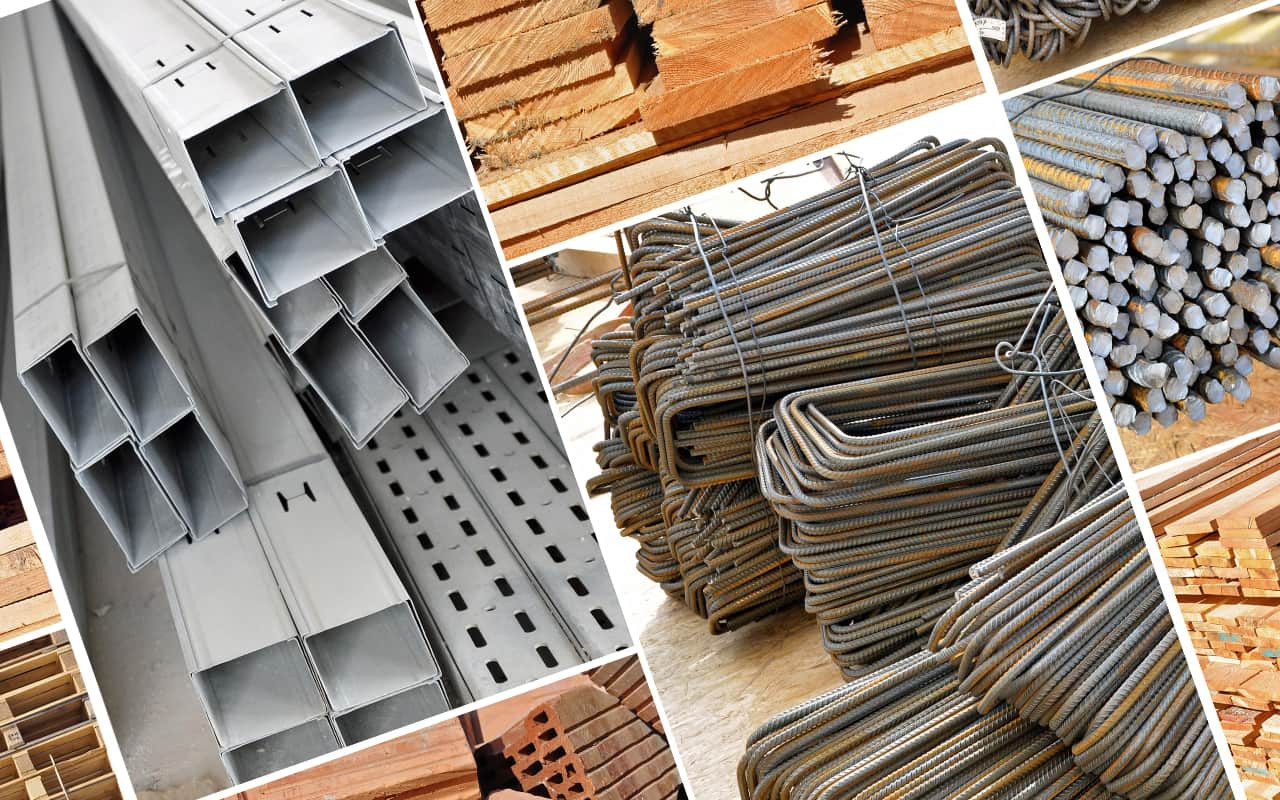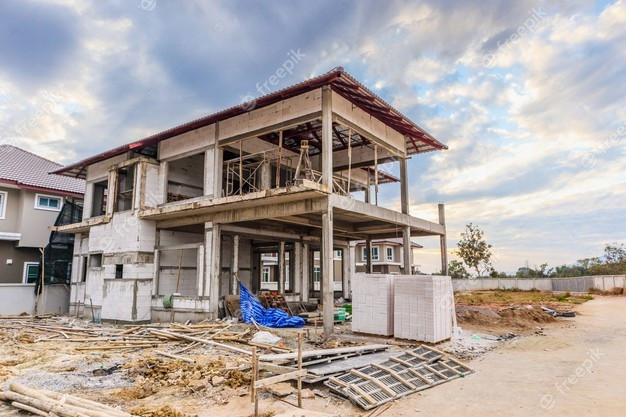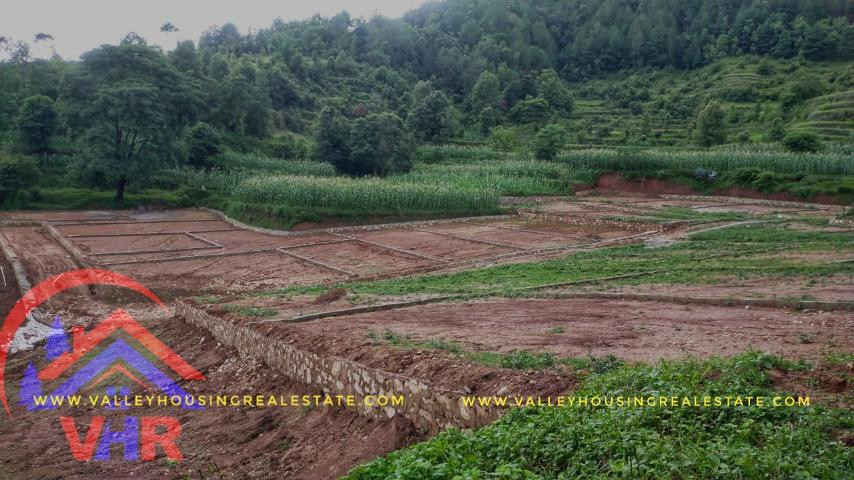Latest News

How to avoid Water Leakage while building house
Preventing water leakage is crucial in ensuring the longevity, safety, and structural integrity of a house. Here are some key steps to avoid water leakage during the construction of houses:
Proper Site Selection:
Choose a well-drained site for construction to minimize the risk of water accumulation.
Conduct a thorough site analysis to identify potential water sources, such as underground springs or high water tables.
Foundation Design and Waterproofing:
Design a foundation that accounts for local soil and water conditions.
Apply an effective waterproofing membrane to the foundation walls to prevent water infiltration.
Install drainage systems, such as French drains or weeping tile, around the foundation to divert water away from the structure.
Quality Materials:
Use high-quality, water-resistant building materials for the entire structure.
Employ water-resistant barriers (WRBs) on exterior walls to prevent water penetration.
Choose moisture-resistant sheathing materials, especially in areas prone to high humidity or heavy rainfall.
Proper Roofing Practices:
Ensure the proper installation of roofing materials, including shingles, flashing, and underlayment.
Regularly inspect and maintain the roof to identify and address any damage or potential leakage points promptly.
Effective Flashing Installation:
Install flashing around windows, doors, and other openings to prevent water intrusion.
Pay special attention to areas where different materials meet, such as roof-to-wall intersections.
Well-Designed Drainage Systems:
Implement a well-designed and adequately sized gutter system to collect rainwater and direct it away from the house.
Install downspouts that extend at least 6 feet away from the foundation to prevent water from pooling around the structure.
Slope Grading Away from the House:
Grade the soil around the house in a way that slopes away from the foundation. This helps direct surface water away from the structure.
Regularly check and maintain proper grading, especially after landscaping or soil disturbances.
Seal Gaps and Cracks:
Seal any gaps or cracks in the exterior walls using appropriate sealants.
Pay attention to areas where pipes, vents, or utility lines penetrate the walls, as these are common entry points for water.
Adequate Ventilation:
Ensure proper ventilation in areas prone to moisture, such as bathrooms and kitchens, to prevent condensation and mold growth.
Install vapor barriers in walls and ceilings to control moisture diffusion.
Regular Inspections:
Conduct regular inspections of the house, especially after severe weather events, to identify and address any potential water leakage issues promptly.
Monitor basements and crawl spaces for signs of water infiltration and address any issues immediately.
By incorporating these measures into the construction process, builders can significantly reduce the risk of water leakage, contributing to a structurally sound and durable house. Regular maintenance and prompt attention to any signs of water damage are equally important for long-term protection against leaks.

Construction Materials for Building Houses
Jan 01, 2024

Importance of Vastu while building a House
Jan 01, 2024

Things to consider before Building a House
Jan 01, 2024


Comment